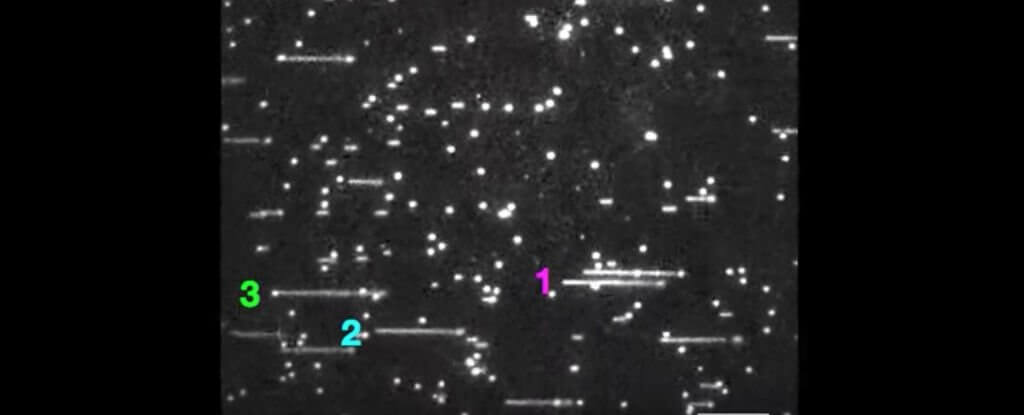
Here is the proof of how far we have come in science - in a world-first, researchers have filmed footage of a single DNA molecule replicating itself, and, as you can imagine, it's raising questions regarding how we’ve assumed the process played out.
The real-time footage has shown that this fundamental part of our lives incorporates an amount of 'randomness' that was not expected; it could lead to a major reconsideration about how genetic replication happens without mutations.
As one member of the team, Stephen Kowalczykowski from the University of California, Davis, says:
"It's a real paradigm shift, and undermines a great deal of what's in the textbooks. It's a different way of thinking about replication that raises new questions."
The DNA double helix contains two intertwining strands of genetic material built up of 4 different bases - guanine, thymine, cytosine, and adenine (G, T, C and A).
Replication happens when an enzyme named helicase unwinds and unzips this double helix into 2 single strands.
Another enzyme named primase attaches a 'primer' to each one of these unravelled strands. A third enzyme, the DNA polymerase, attaches at the primer, and adds more bases to build a whole new double helix.
You can watch the process in the video below:
The fact that double helices are built from two stands running in opposite directions actually means that one of these strands is the 'leading strand’ that winds around first, while the other is the ‘lagging strand that follows the leader.
The new genetic material which is attached to each one while the replication occurs is an exact match to what was before on its original partner.
As the leading strand detaches, the enzymes add more bases that are identical to the ones on the original lagging stand. As the lagging strand detaches, we get material identical to the original leading strand.
Scientists assume that the DNA polymerases on the leading and lagging strands coordinate with each other during the replication process, so that one doesn’t get ahead of the other throughout the unravelling process and cause mutations.
However, this new footage proves that there is no coordination at play here at all; for some reason each strand acts independently, and still leads to a perfect match every time.
The team of researchers extracted single DNA molecules from E. coli bacteria, and they observed them on a glass slide. Thus, they applied a dye that would stick to a completed double helix, but not a single strand, which means they could follow the progress of one double helix as it formed two new double helices.
While bacterial DNA and human DNA differ, they both use the same replication process, so the footage can reveal a lot about what goes on in our own bodies.
The team discovered that on average, the speed at which the two strands replicated was about equal. However, during the process, there were unexpected stops and restarts as they acted as two separate entities on their own timelines.
Several times the lagging strand stopped synthesising, while the leading strand continued to grow. Some other times, one strand could start replicating at ten times its regular speed – for no real reason.
According to Kowalczykowski:
"We've shown that there is no coordination between the strands. They are completely autonomous."
The researchers also discovered that due to this lack of coordination, the DNA double helix had to incorporate a 'dead man's switch', that would kick in and prevent the helicase from further unzipping so that the polymerase could catch up.
The question is, if these two strands "function independently" like the footage suggests, then how is the unravelling double helix able to keep things on track and minimise mutations by hitting the brakes or speeding up at the right time?
Hopefully that is something more real-time videos like this one can help scientists understand. Also, it’s an important reminder that while humans love to assume that nature has a 'plan' or a system, in reality, it's usually a whole lot messier.
The research has been published in Cell.
Reference: Science Alert















COMMENTS